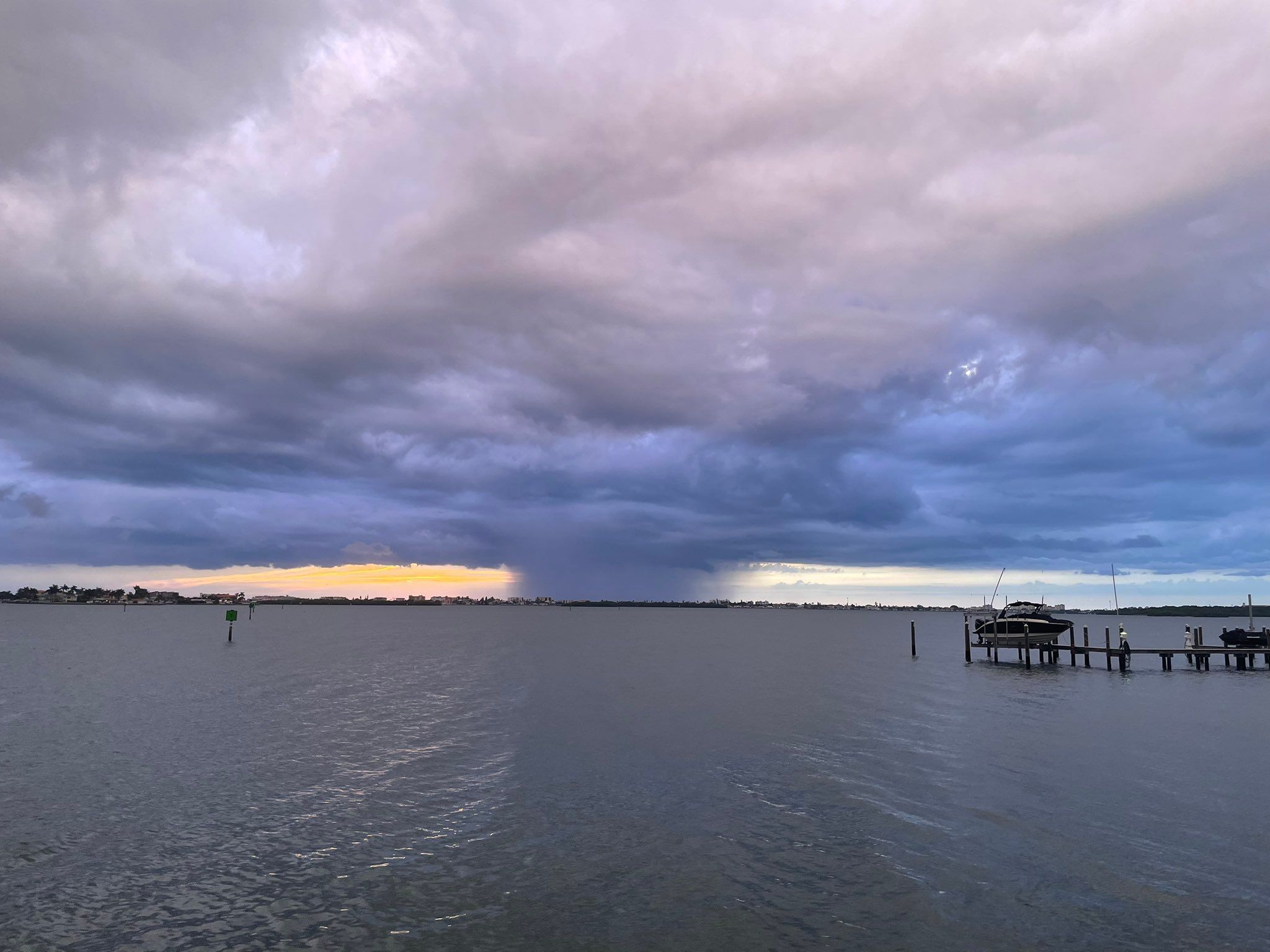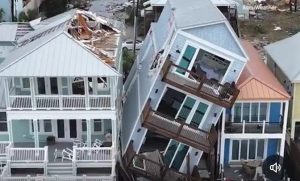After smashing through western Cuba, Hurricane Ian is gathering speed and intensity as it prepares to make landfall in Florida’s Tampa Bay sometime on Wednesday afternoon.
The fourth hurricane of the season has reached wind speeds of 155 miles per hour and is on the verge of being classified as a Category 5 storm, only the 39th in the history of the North Atlantic since 1851. The most recent Category 5 storm was Hurricane Lorenzo in 2019, which ripped through Cabo Verde, Western Europe and Azores in Portugal causing $362 million in damage and left 19 people dead.
Also Read | How to prepare for hurricanes and recover from them
The Tampa Bay region happens to be one of the most flooding prone regions in the state and should Hurricane Ian hit the area directly, it will likely cause catastrophic damage. This is because of the region’s low elevation, rising sea levels and a concentration of a large civilian population. It would also make it the first major hurricane to hit the region since 1921.
The National Hurricane Center has said that the area spreading from Naples to the Sarasota region are at the highest risk of being impacted by the incoming storm and has asked that civilians follow the instructions of the local government. It has also asked that people heed evacuation orders.
Also Read | 3 reasons why Hurricane Ian hitting Florida can lead to severe flooding
Earlier on Tuesday this week, Florida Governor Ron DeSantis issued his own warning, telling people to evacuate and that if people had not decided whether or not to evacuate, then “now’s the time to act.”
Meanwhile, residents of the areas which are likely to be hit by the storm have begun stocking up on important supplies like canned food, bottled water and enough food should flooding occur. Schools and universities in the region have also cancelled classes for the week while theme parks like Disney Land and Sea World are closing down as well.







